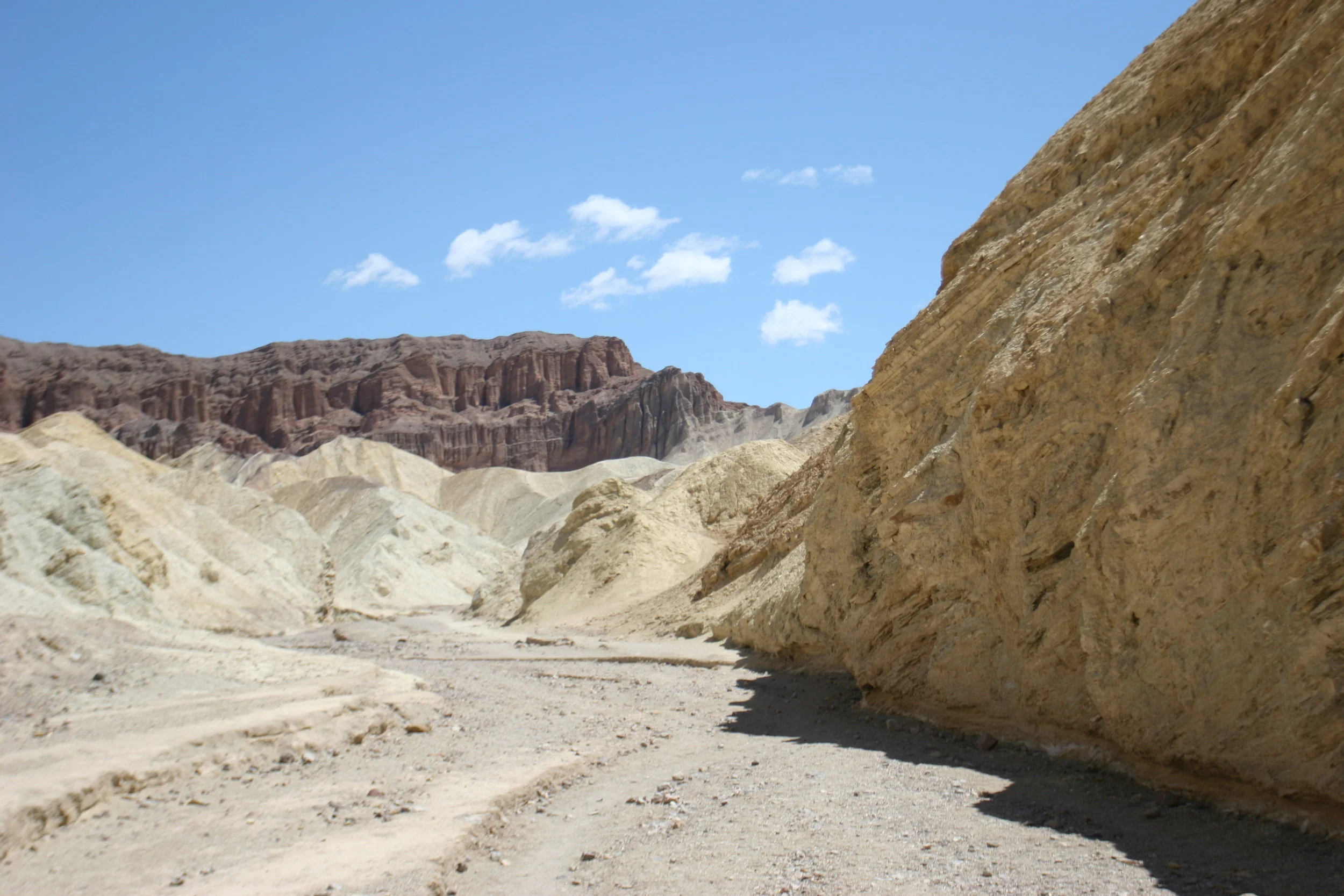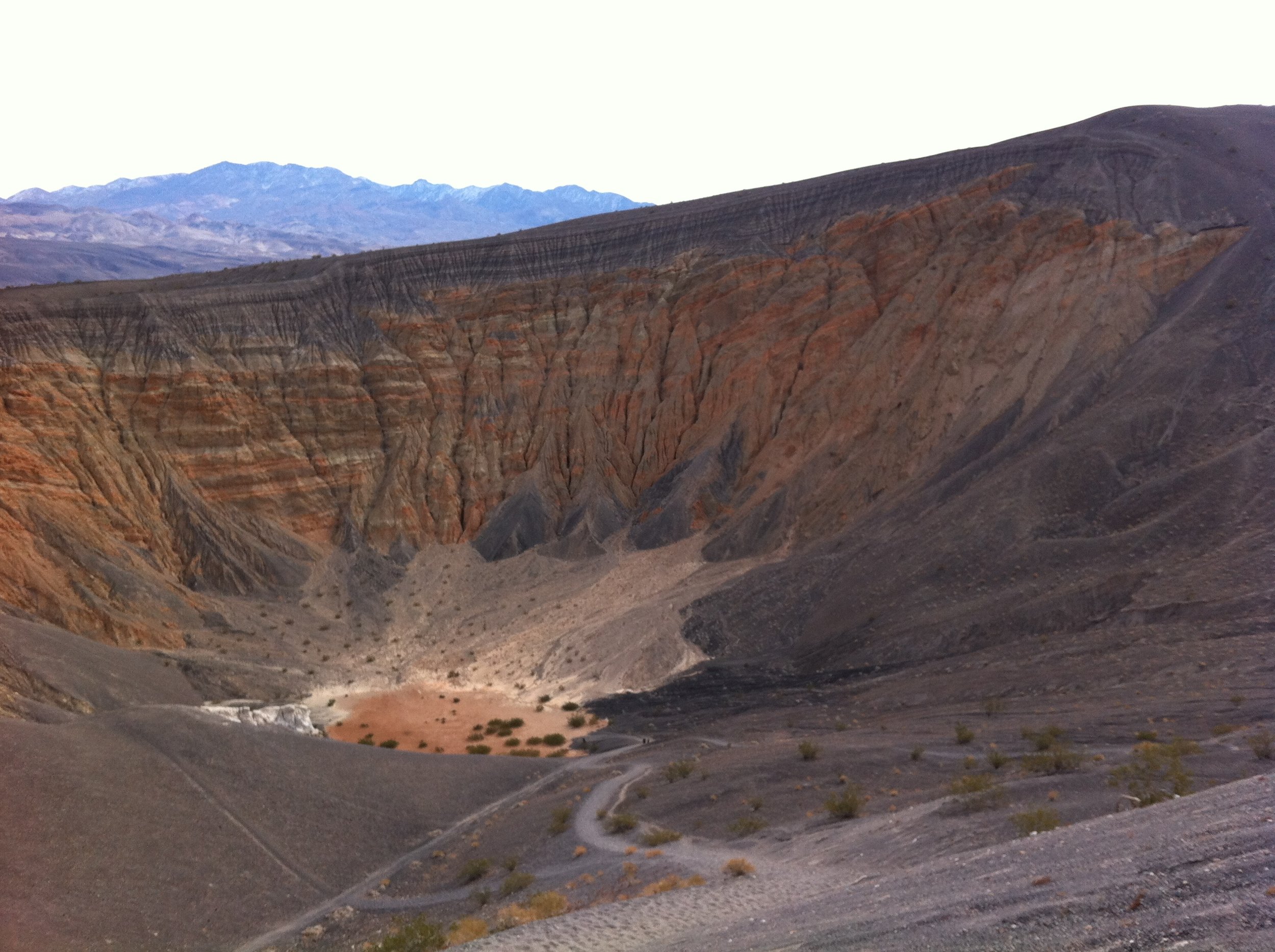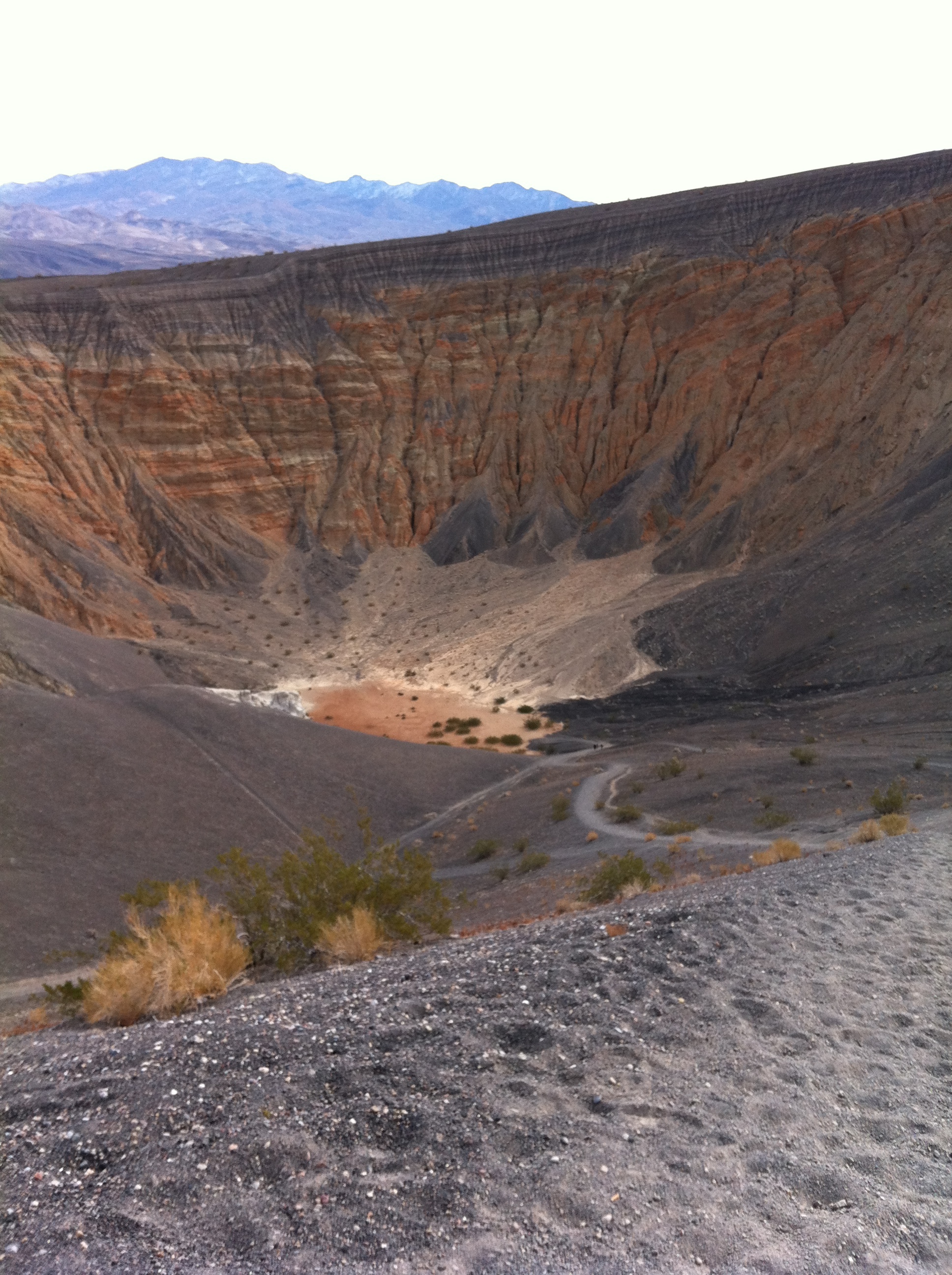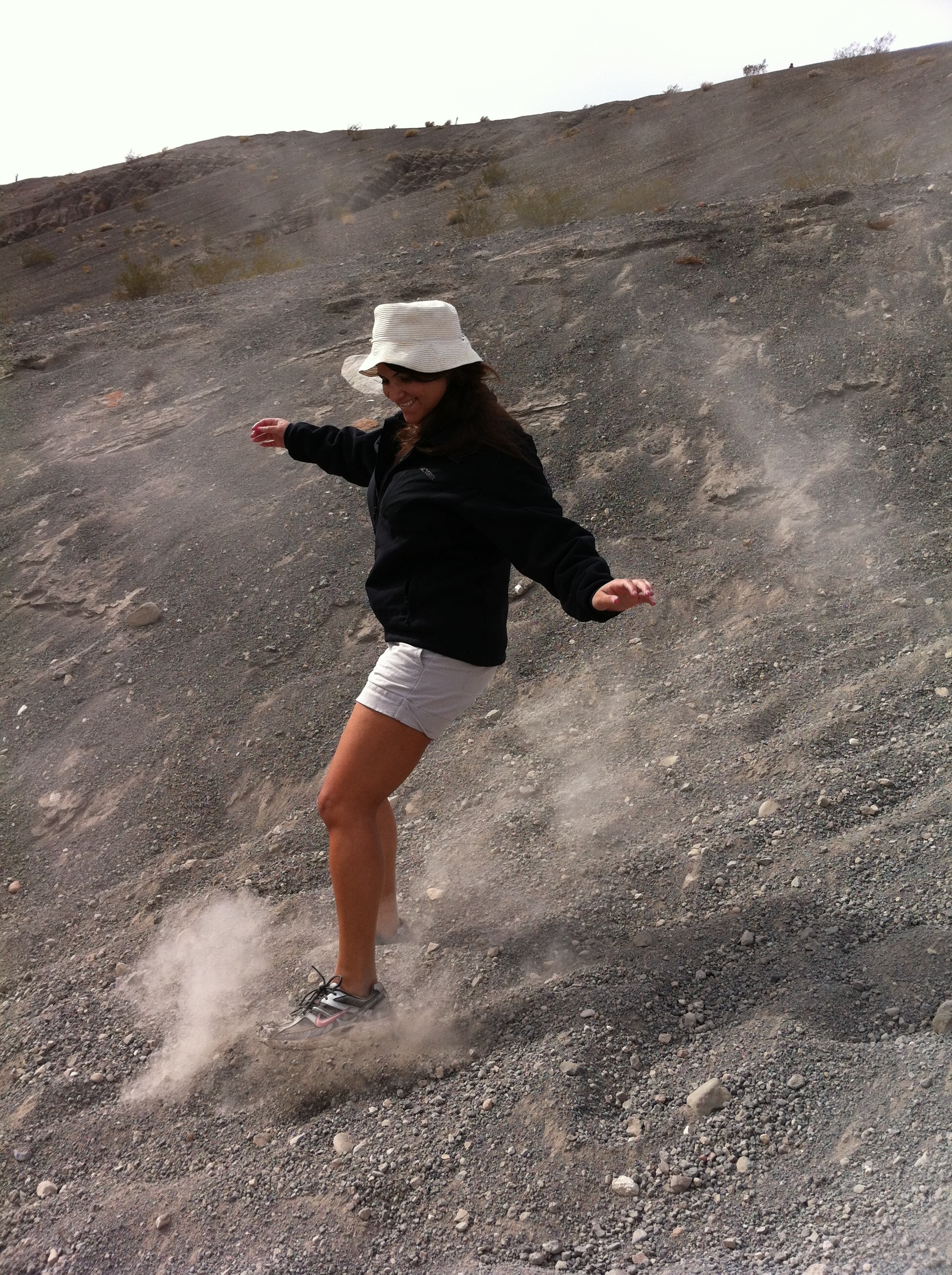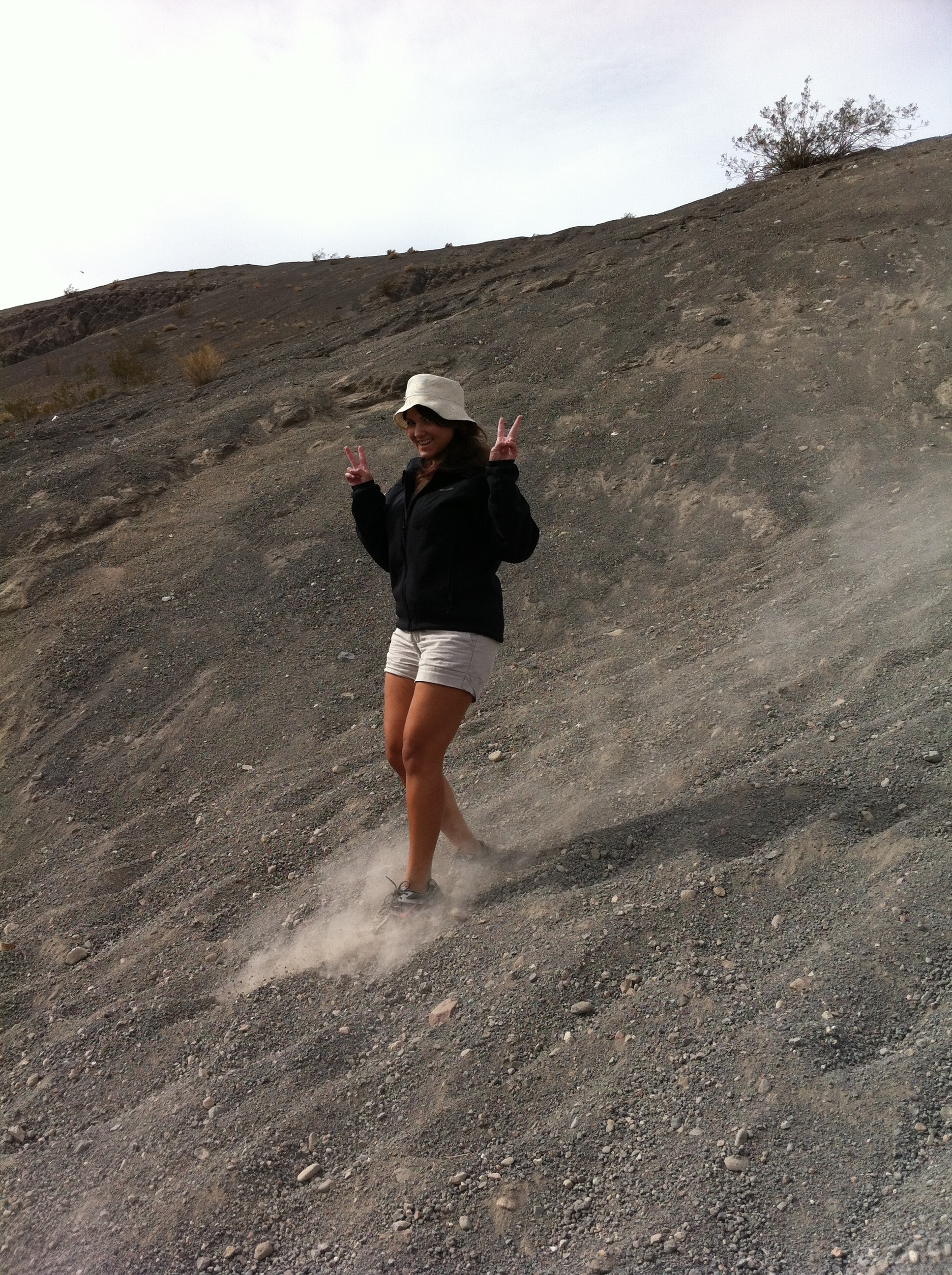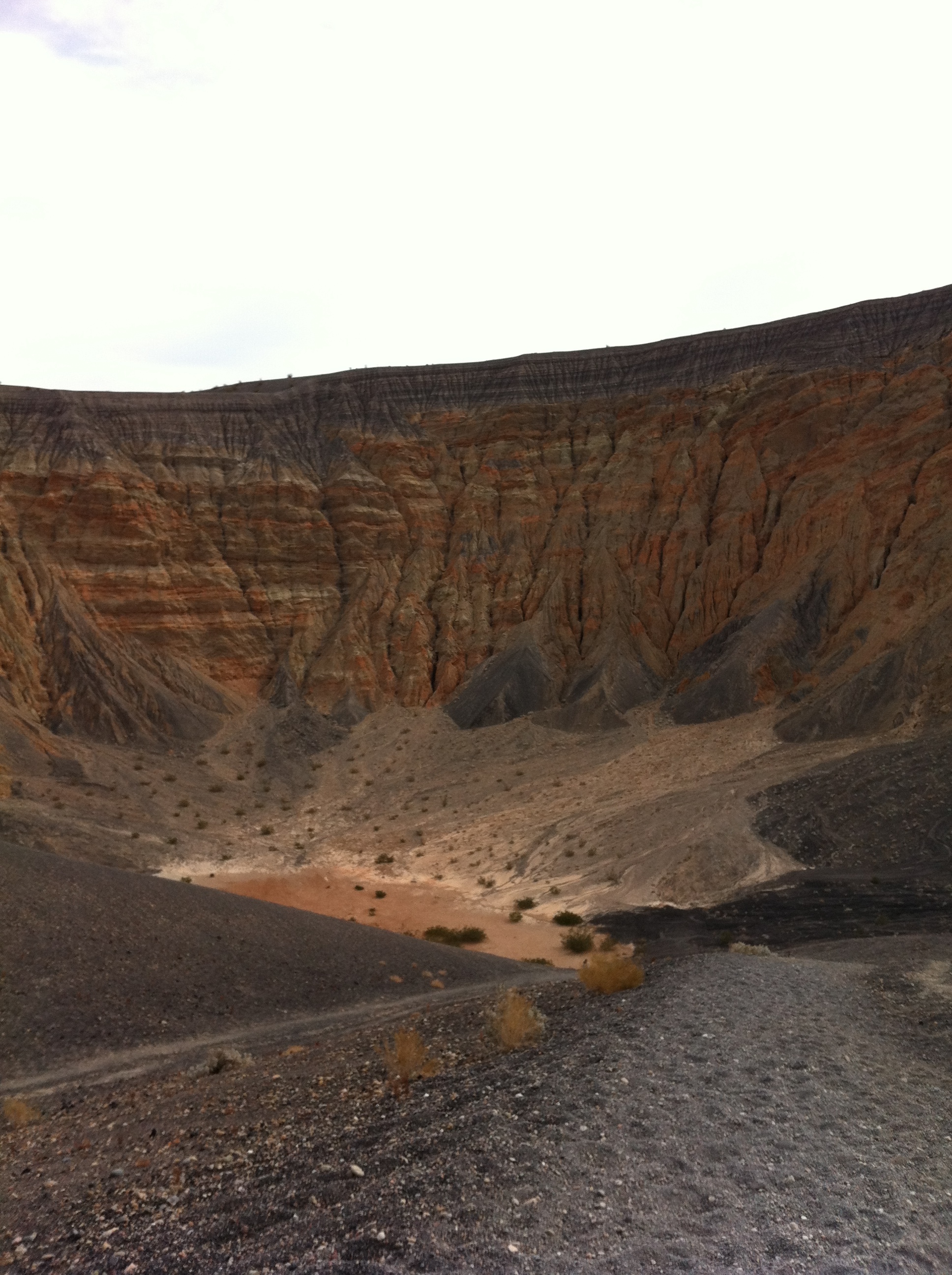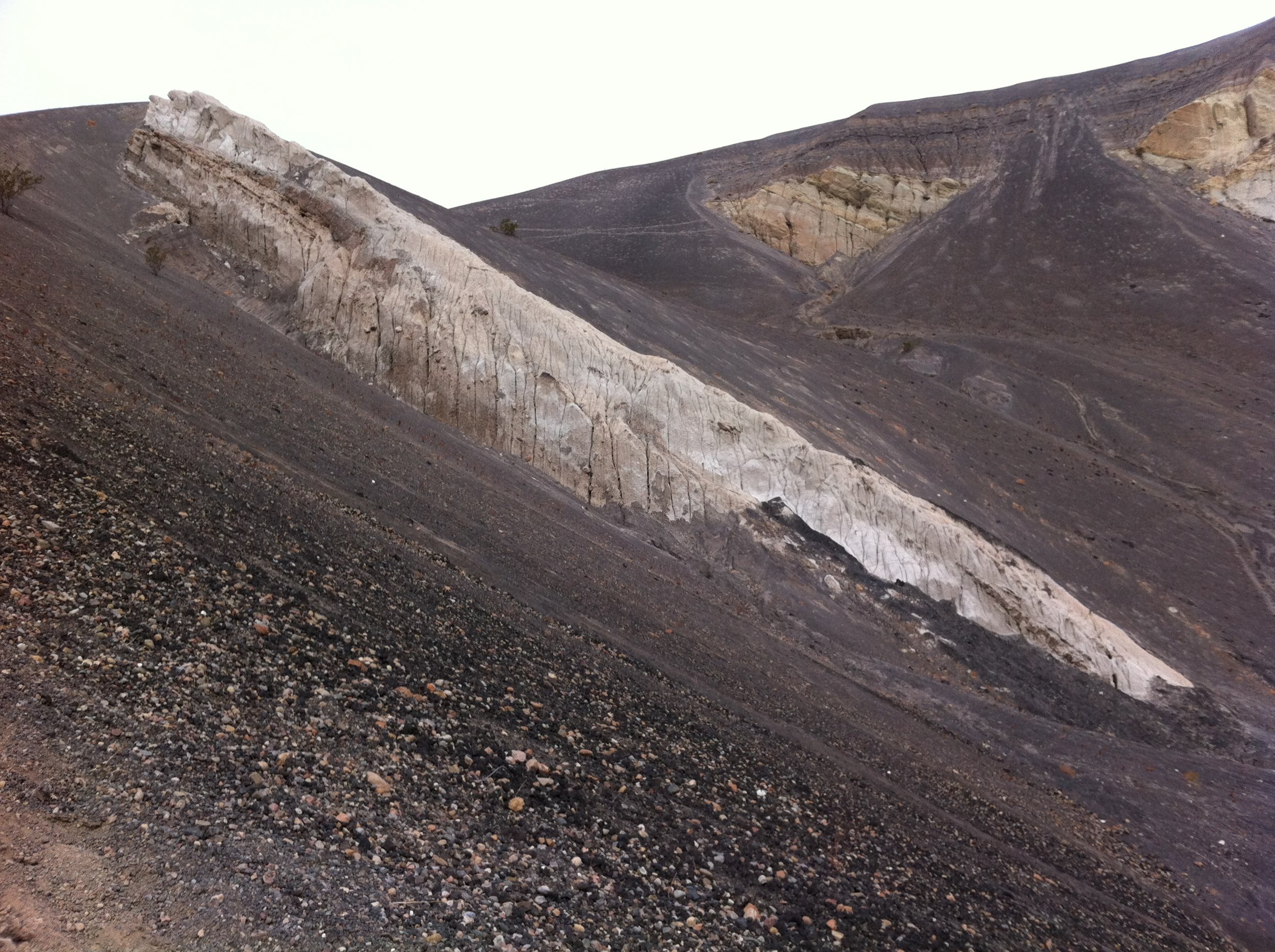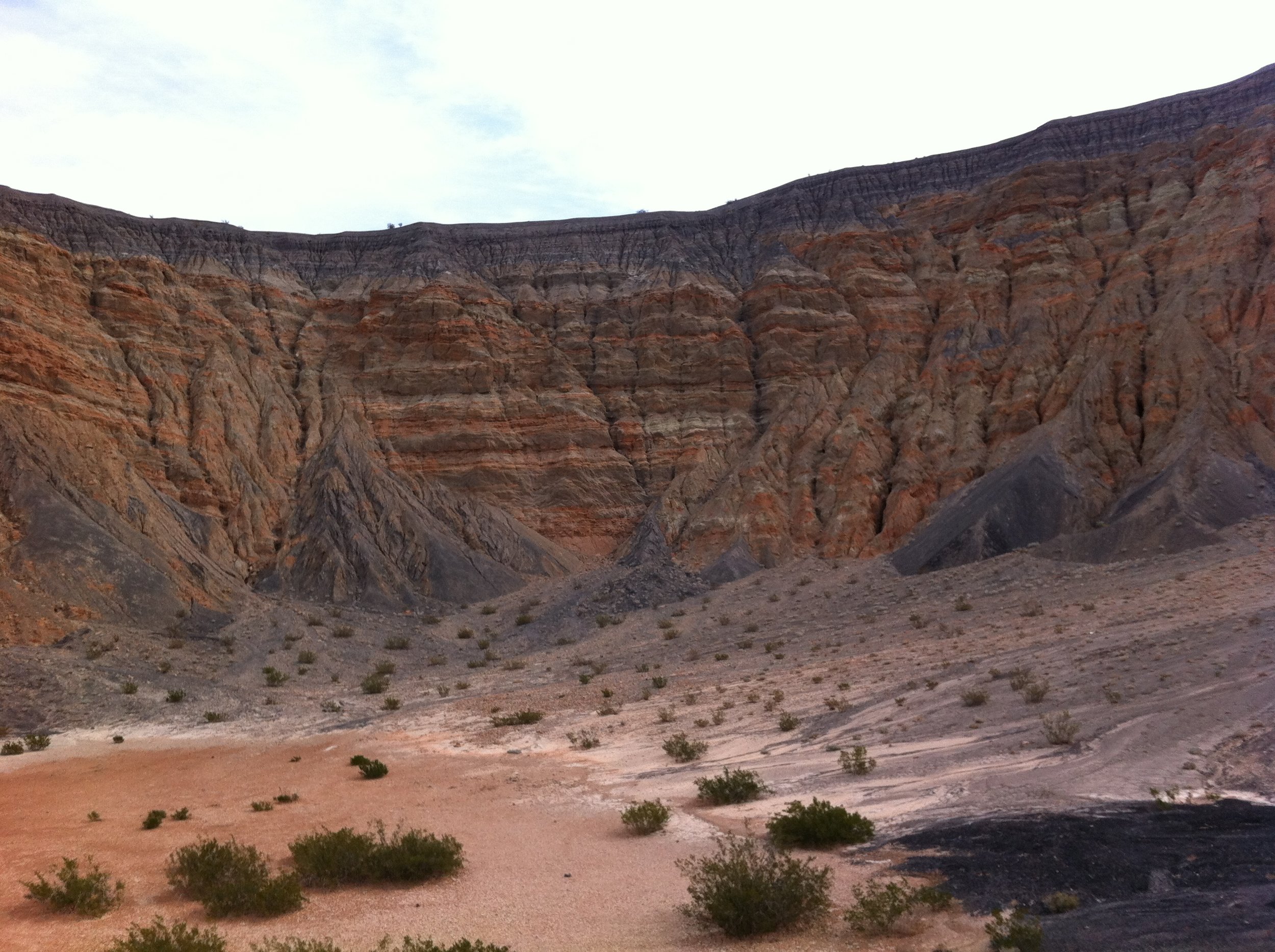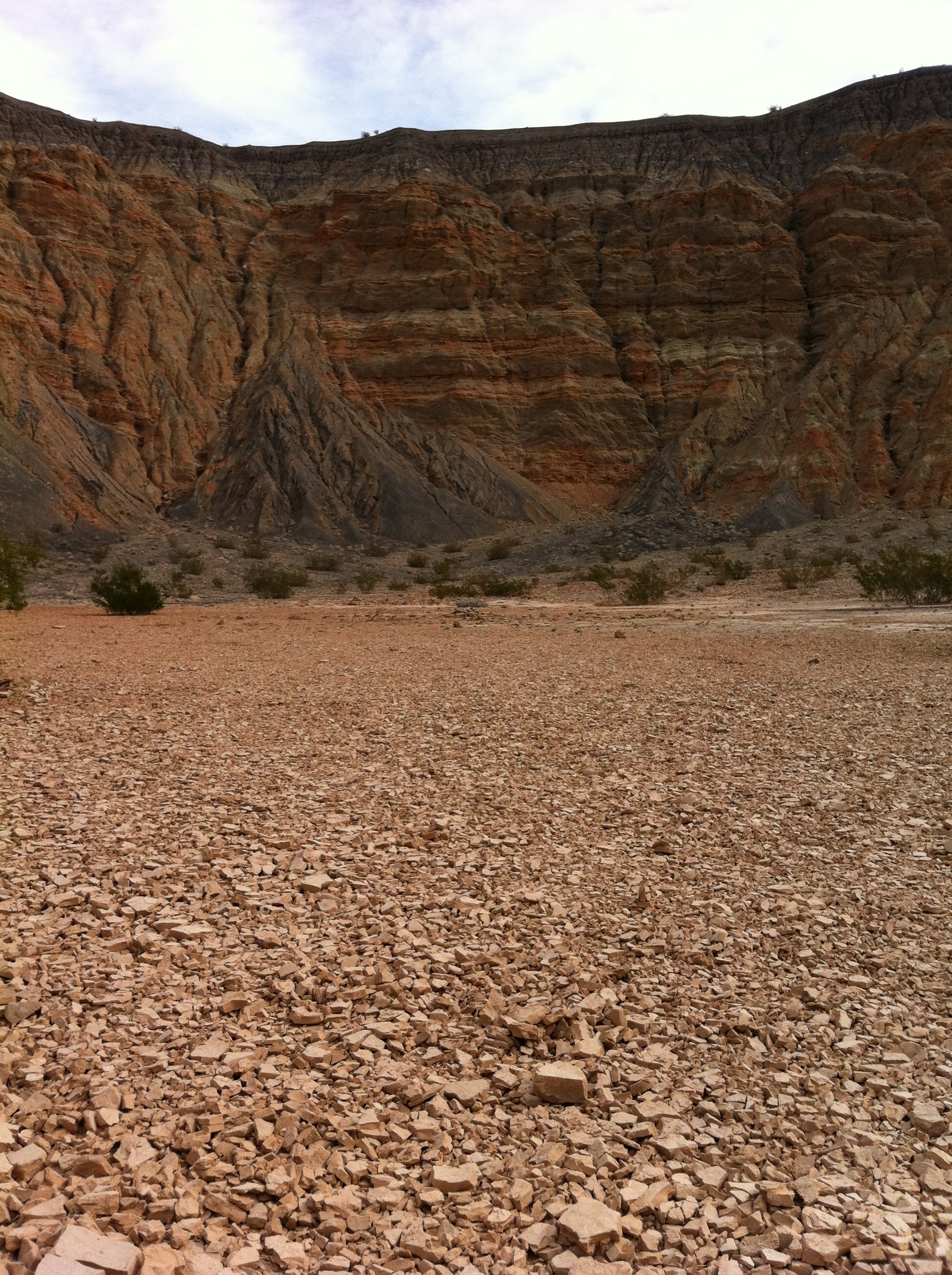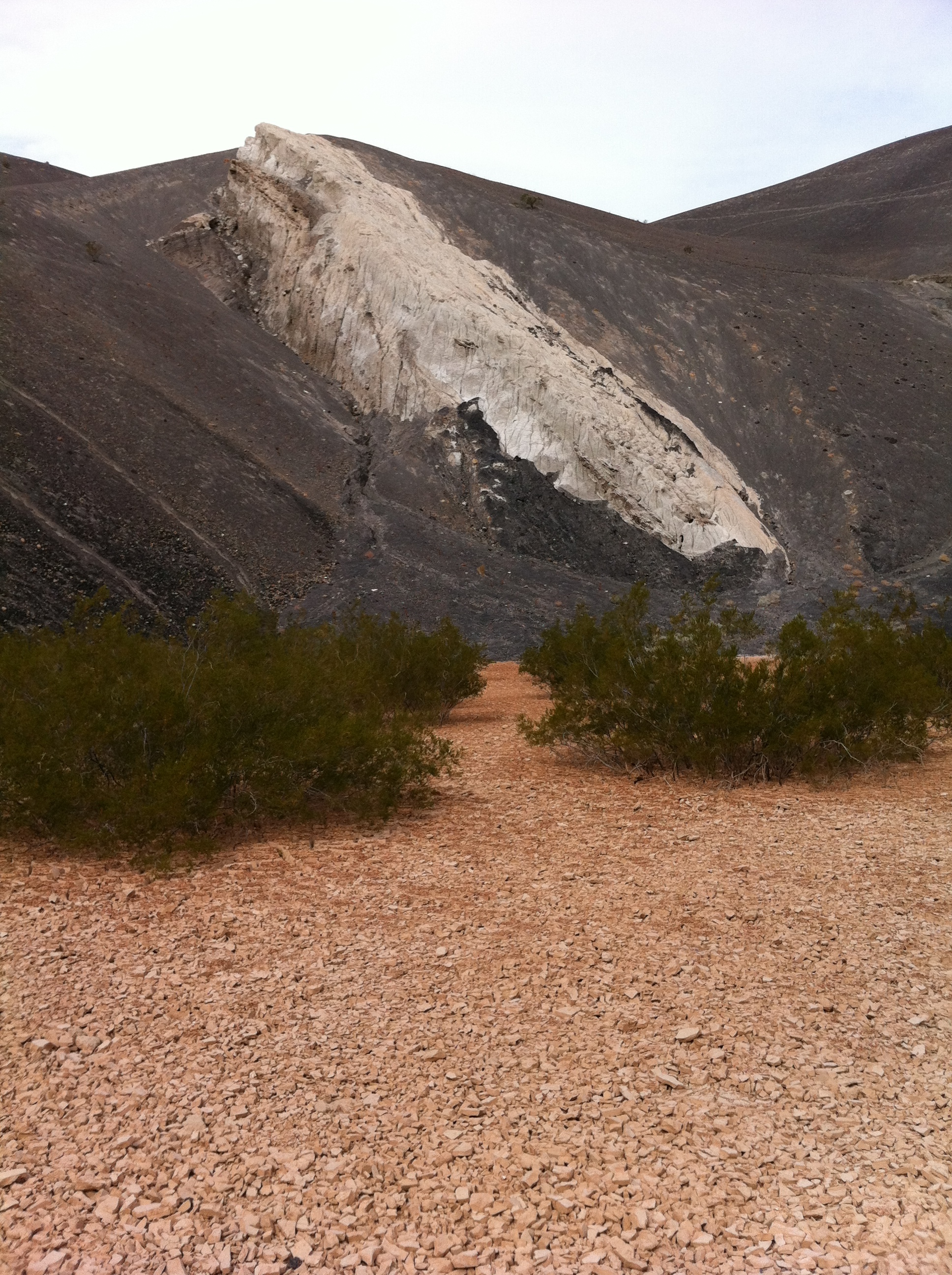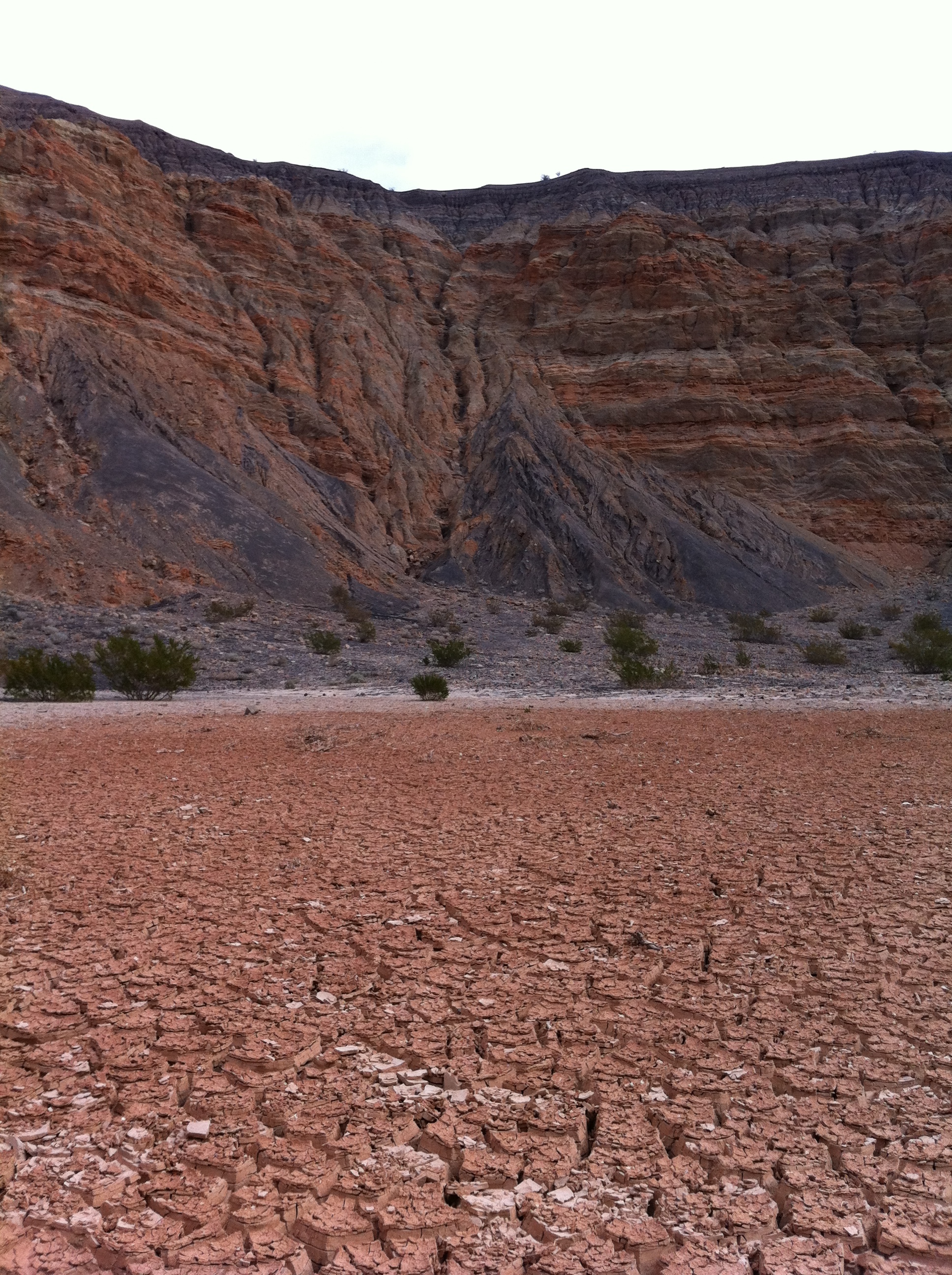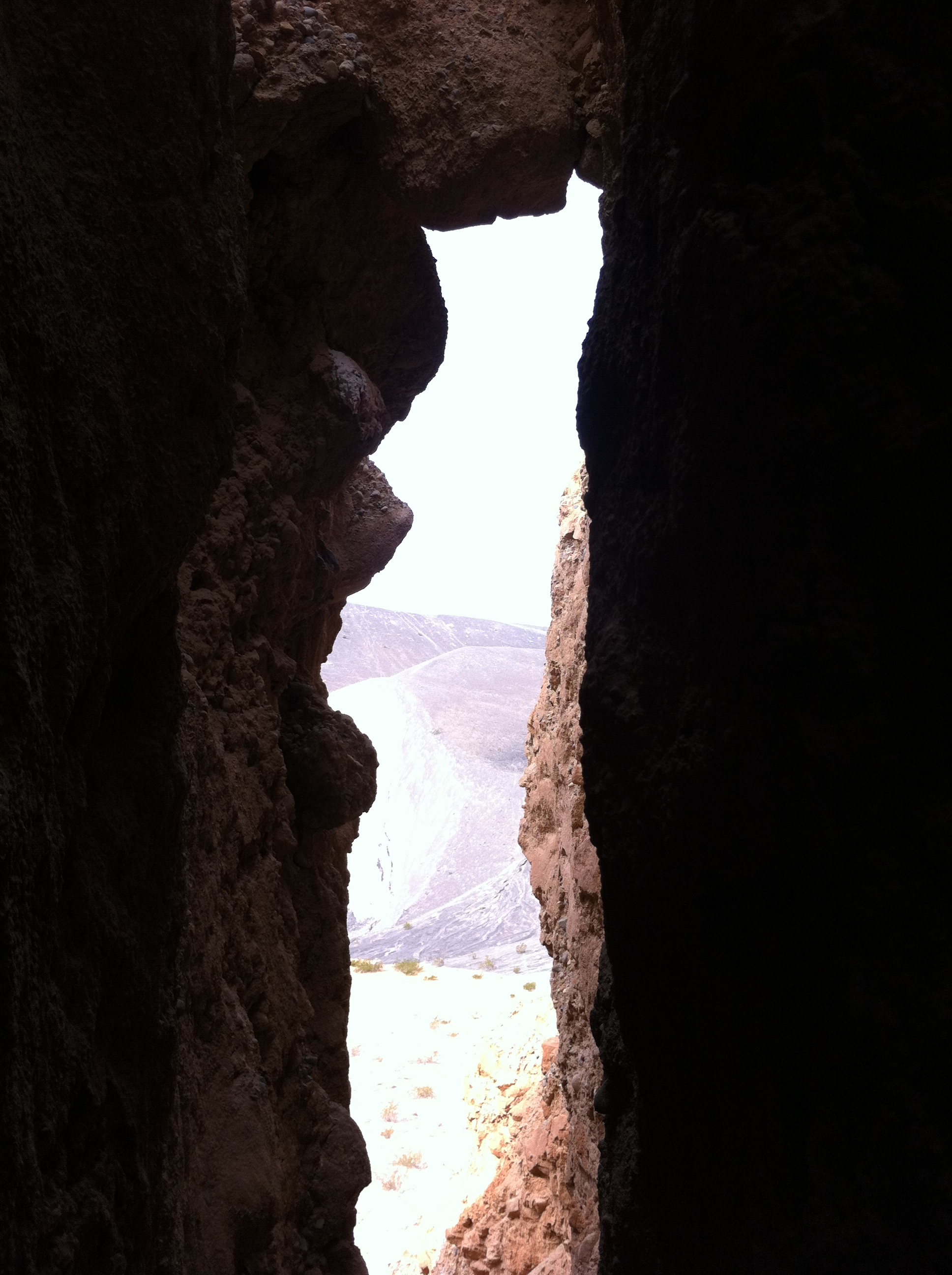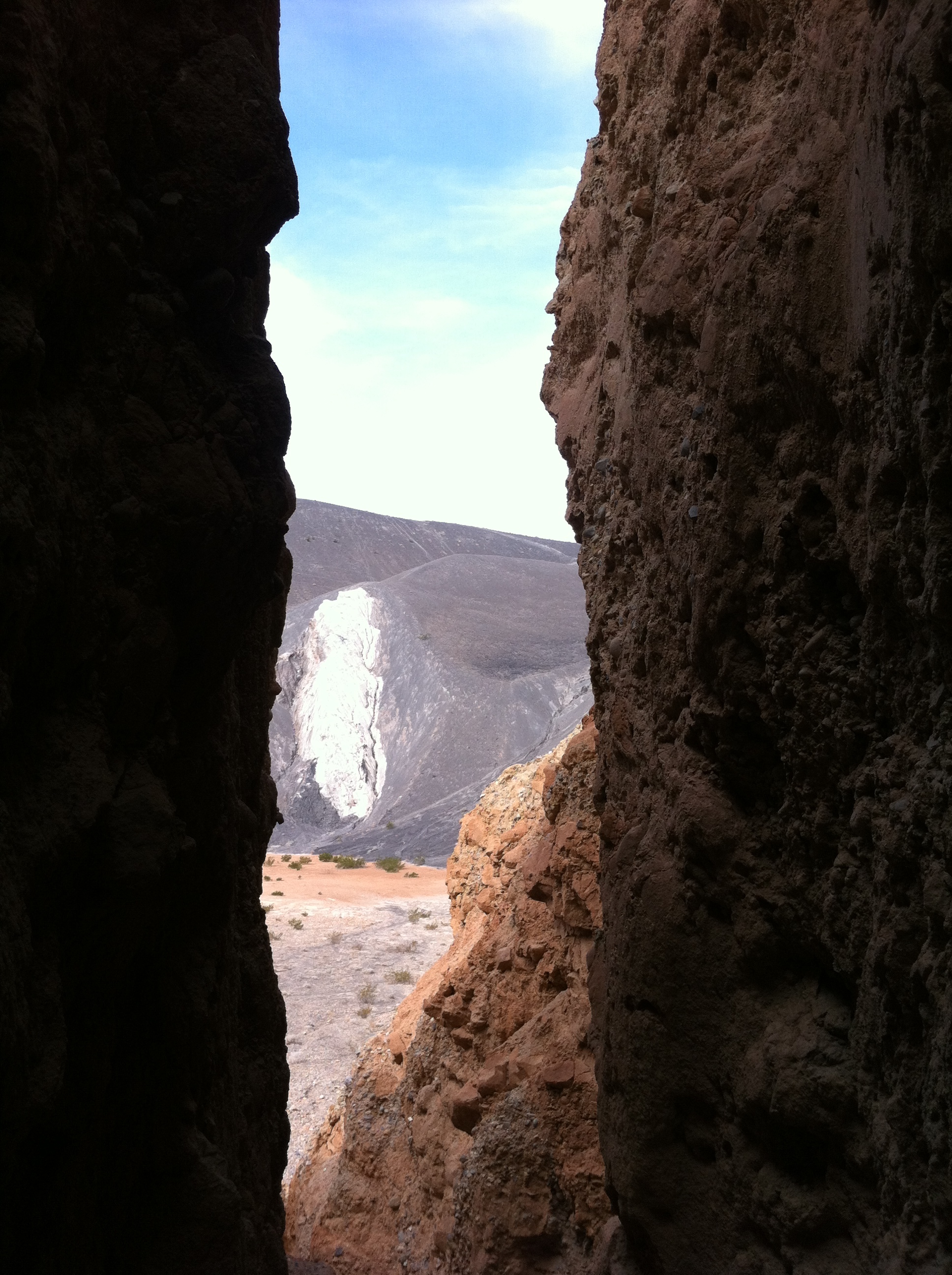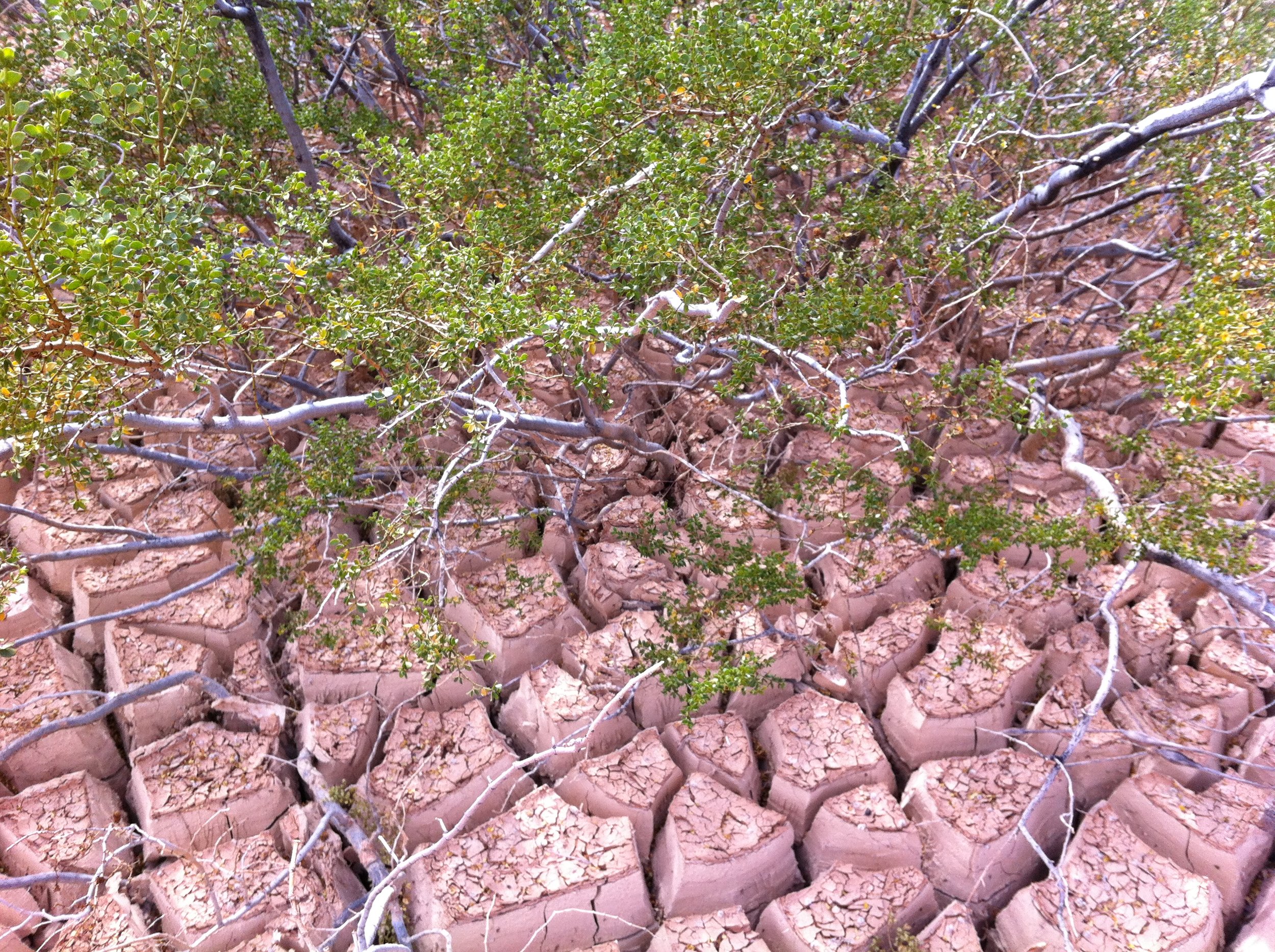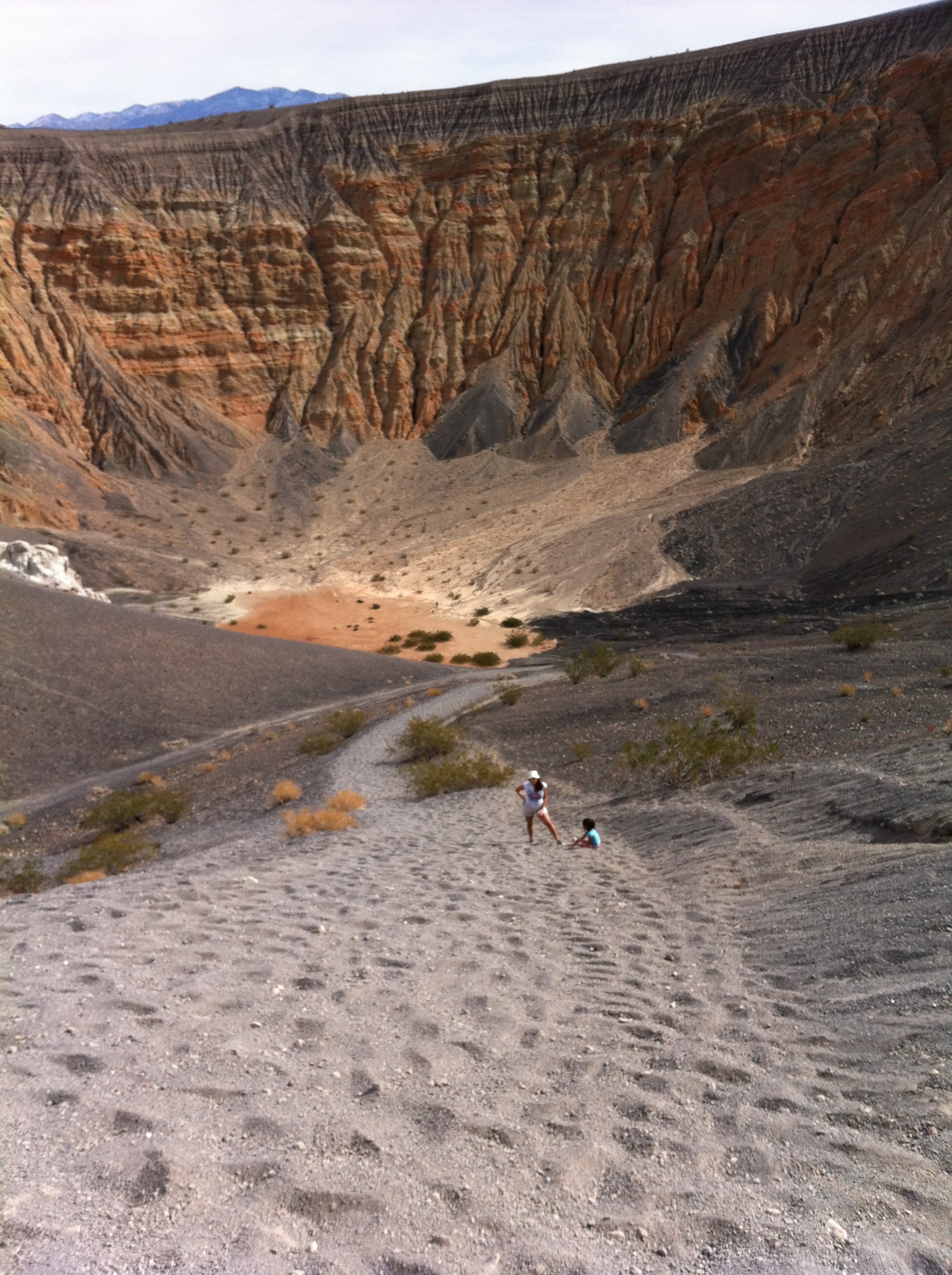Awww man - did they really - yeah, they drove out there.
Back in the day, when dinosaurs ruled the Earth, I worked for the Wilderness Division of the National Park Service at a National Park for a season. Years later, I worked for the Department of Parks and Recreation for the State of California for a season as well. Before that, when the geologic features of the planet were forming, I was an Eagle Scout who was involved with numerous leave no trace programs. And now, as a somewhat grizzled outdoors veteran, I am a liberal-tree-hugging-pinko-commie-granola-eating-birkenstock-wearing-anti-american-stinky-pants (or so certain parties will tell you). I am all for wilderness preservation and protection. I don’t think this is a secret, but if you didn’t realize this, now you know. (It wasn’t a secret). Sometimes, when I am on vacation, or just out for a stroll, I have to weigh in my head whether I should say something to my fellow visitors about what they are doing to our natural resources. I don’t want to ruin anyone’s time, but sometimes it’s good to say things to preserve things for other people – after all, everyone needs to work to protect the land for future generations.
Since they were so smarts, they are stuck - stuck good.
In my defense, let me say that being an eco-vigilante isn’t all bad: I pick up trash that I find on the trail and pack it out; I provide directions to people that are lost, or may become lost, I discuss trail conditions, provide water and food, provide educational insights (when I know what I’m talking about), and in certain situations, provide first aid. After all, you can’t just protect the environment, you have to protect the people in it as well. In any case, what I’ve been talking about the last couple days is the myriad of things available to do in Death Valley. And, you know what – there’s many more that I haven’t even touched upon. But, there’s plenty of things you should not do, and this is one of them. If this isn’t the most egregious thing that you shouldn’t do in the park, it’s up there. I took these pictures in 2010 as I was leaving the park off of Badwater Road. In case you haven’t been there, the road is lined with a plethora of signs along the hardpan that say, “No Offroading”. I saw this when I was I was driving along when I saw something out on the hardpan. It was one of those moments where I stared and said, “Nahhhh, it couldn’t be, no one’s that stupid”, before I blinked and realized that it was still there.
Since I’m a curious guy, I parked and walked out to the stuck vehicle. The perpetrators? Well, they were long gone, which is good for them, because this eco-vigilante would have definitely not held back had he found them. Their vehicle? Well, you can see what happened to it. It was stuck – and stuck good. I don’t know if the National Park Service ever found the culprits – but then again, since they were crack lawbreakers, and so smarts, they left the plates on their car before they fled. Thererfore, let me advise you of what not to do in Death Valley: if the sign says no off-roading, don’t do it. Just don’t. It’s hard on the environment; there’s plenty of other places you can off-road legally, and chances are, you’re going to end up looking like the dumbasses you are when you get stuck, caught, and have to abandon your vehicle. Final analysis: Death Valley – lots of things to do, but don’t do this, unless you’re a complete failure.
Only one thing that can really be said here: Death Valley Driving Fail





